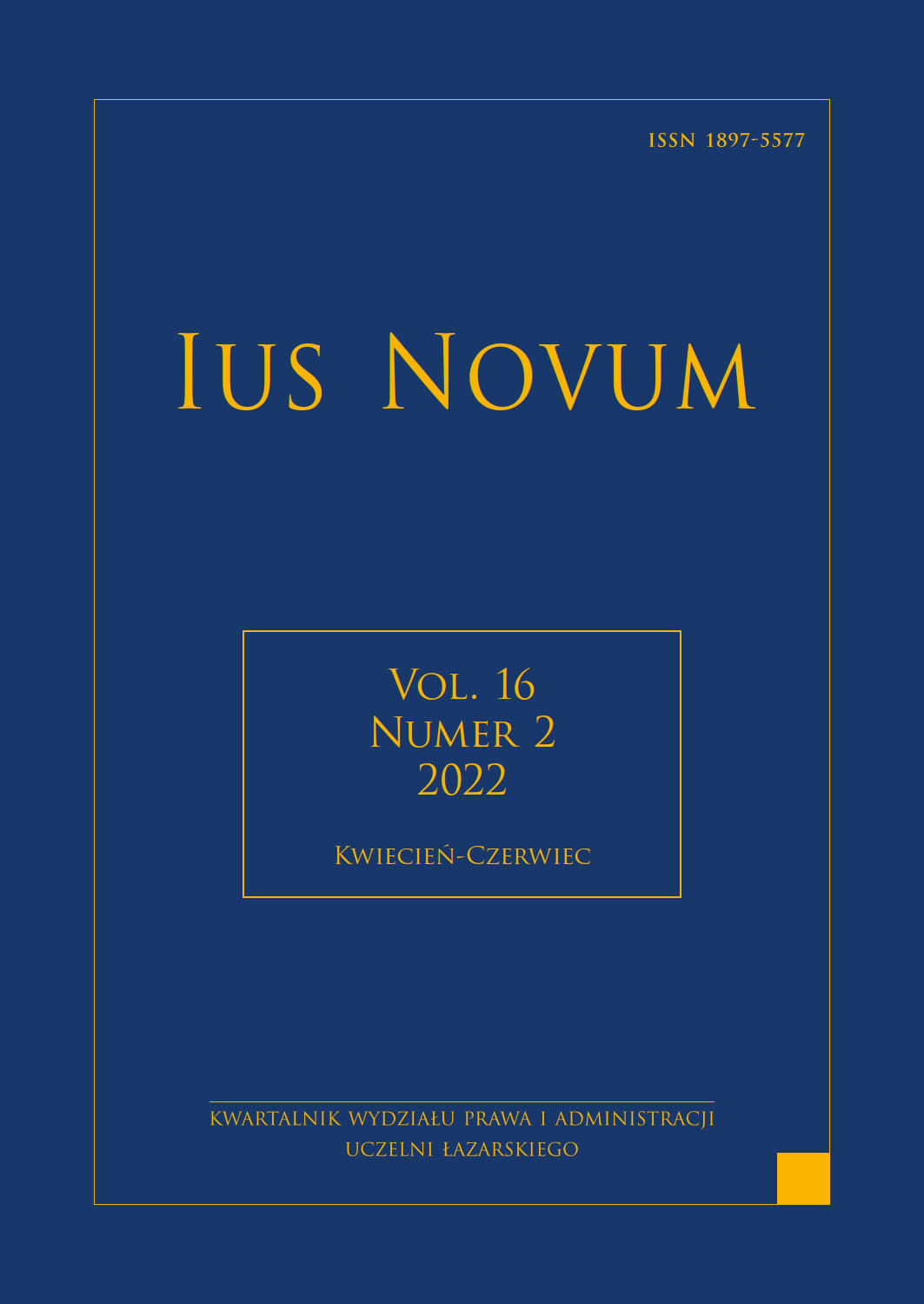OKREŚLENIA NIERUCHOMOŚCI W ŹRÓDŁACH RZYMSKIEGO PRAWA KLASYCZNEGO
TERMINOLOGY USED TO DENOTE REAL PROPERTY IN THE SOURCES OF CLASSICAL ROMAN LAW
Author(s): Renata Świrgoń-SkokSubject(s): Law, Constitution, Jurisprudence, Constitutional Law, Criminal Law, Civil Law, International Law, Commercial Law, Administrative Law
Published by: Oficyna Wydawnicza Uczelni Łazarskiego
Keywords: land; real property; Roman law; praedium; fundus; locus; ager; solum
Summary/Abstract: This paper has discussed a variety of terms used in classical Roman law to denote land, namely: praedium, fundus, locus, possessio, villa, ager, solum. Apart from those, terminology used for land in the classical law period comprised: res quae solo continentur/tenentur (things related to land), res solo cohaerentes (things attached to land) or simply res soli (real property), while the term res immobiles, meaning real property, appeared in the sources of Roman law as late as in the post-classical period.The analysis of the selected sources of Roman law indicates that the scope of those terms was wider or narrower, which means that they sometimes coincided or overlapped, and as a result they were sometimes used interchangeably. The terminology in this respect fluctuated, and the scope of individual terms was being determined by Roman jurists when resolving individual cases. The preserved sources of Roman law indicate that although attempts were made to define individual terms used in respect of land, Roman lawyers did not fully develop a complete division of land into individual categories.
Journal: Ius Novum
- Issue Year: 16/2022
- Issue No: 2
- Page Range: 213-226
- Page Count: 14
- Language: Polish

